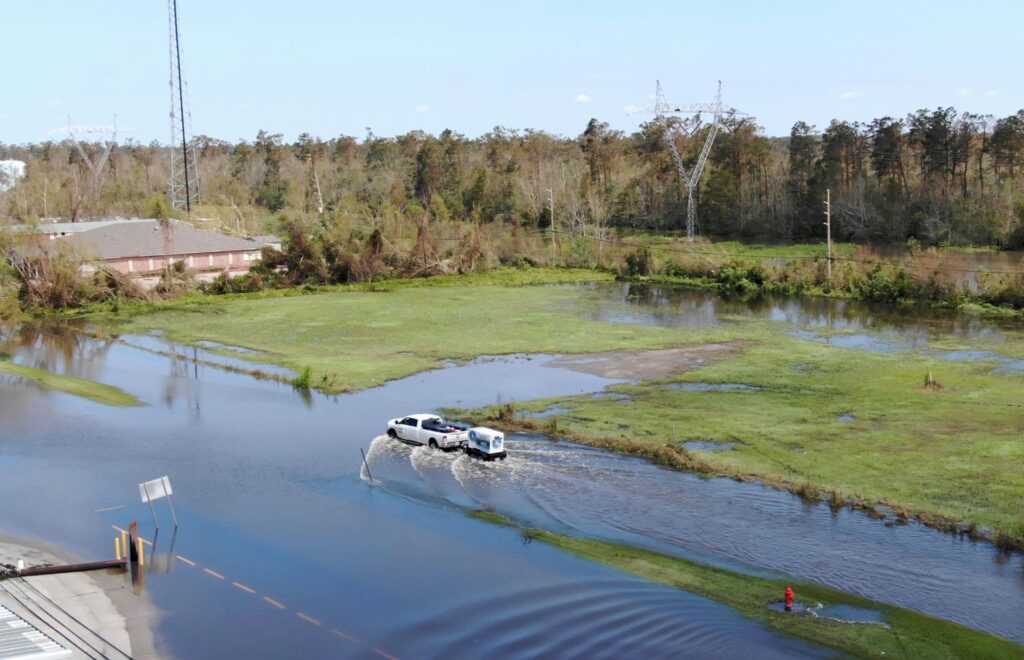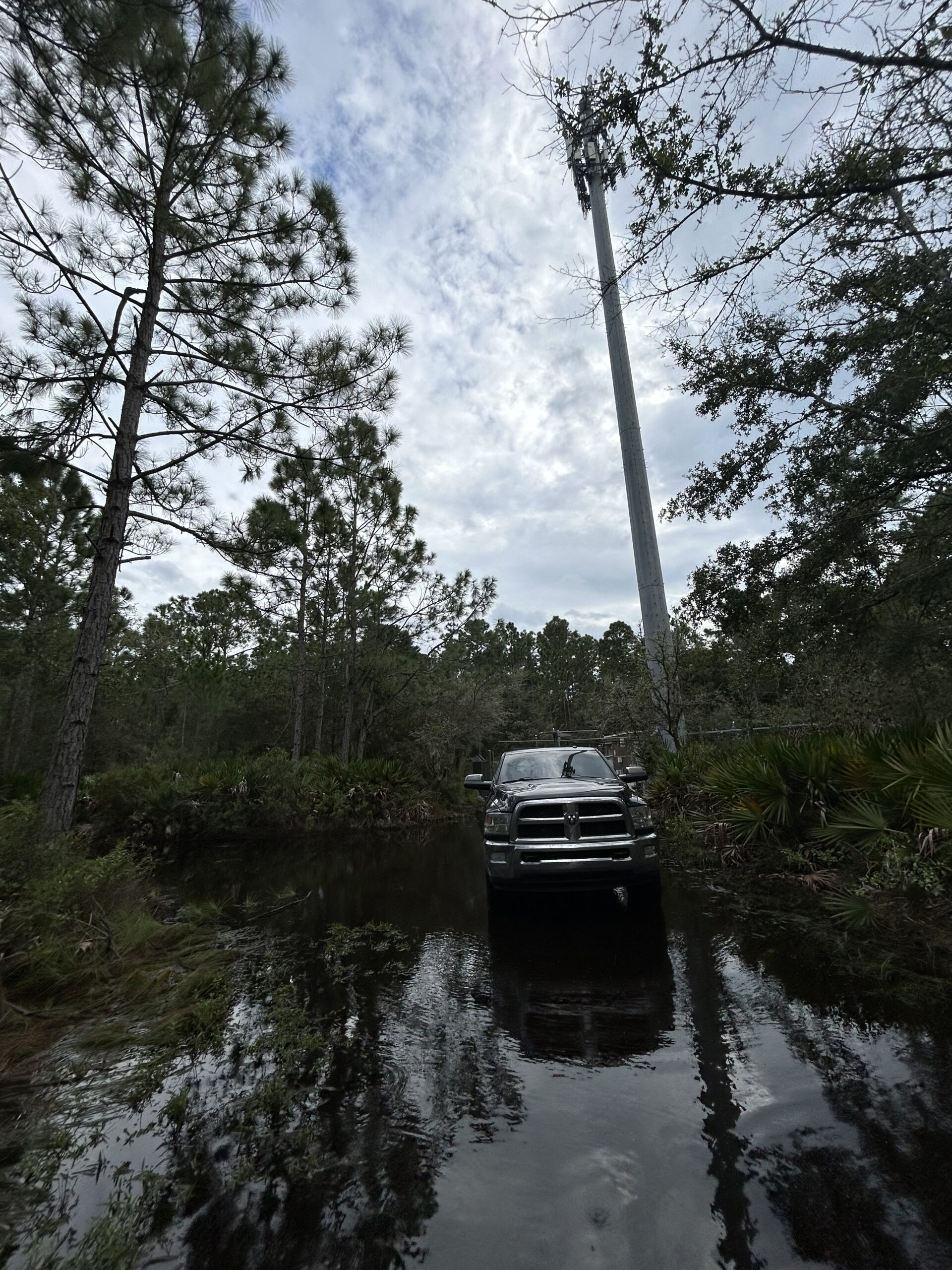In everyday operations, routine fuel deliveries keep systems running smoothly. But when disaster strikes, the rules change. Emergency fuel delivery becomes a race against time, ensuring telecom networks, hospitals, and critical infrastructure remain operational. At Cat5 Resources, we provide both services—but with very different strategies tailored to each scenario.

Routine Fuel Delivery: Consistency and Efficiency
Routine deliveries are about predictability. Our teams schedule regular fueling runs to ensure tanks never run dry. These deliveries often include preventative maintenance checks, documentation for compliance, and site-specific adjustments. The goal is to minimize risk long before a storm arrives.
Emergency Fuel Delivery: Speed and Adaptability
When hurricanes, wildfires, or other natural disasters hit, Cat5 shifts into emergency mode. Our emergency fueling teams are equipped with:
- Rapid Deployment Vehicles: Off-road and high-clearance trucks capable of reaching remote or storm-damaged sites.
- Situational Awareness: Real-time coordination with utility companies and response teams to prioritize the most critical infrastructure.
- Around-the-Clock Service: Crews operating day and night to keep essential networks live.
Why This Matters for Telecom Infrastructure
Telecom systems form the backbone of communication during disasters. A tower or data hub without fuel can take an entire region offline, affecting emergency services and public safety. Cat5’s expertise in both routine and emergency fueling makes us a trusted partner for telecom resilience.
Real Life Example
During major hurricanes in the Gulf Coast and Puerto Rico, Cat5 Resources was on the ground within hours. Our ability to switch from scheduled fueling to crisis response helped maintain critical networks that supported hospitals, emergency responders, and millions of residents.

Routine fueling ensures readiness, but emergency fueling saves lives and communication lines when disaster strikes. By offering both, Cat5 Resources provides unmatched reliability and peace of mind for telecom companies and critical infrastructure operators.
